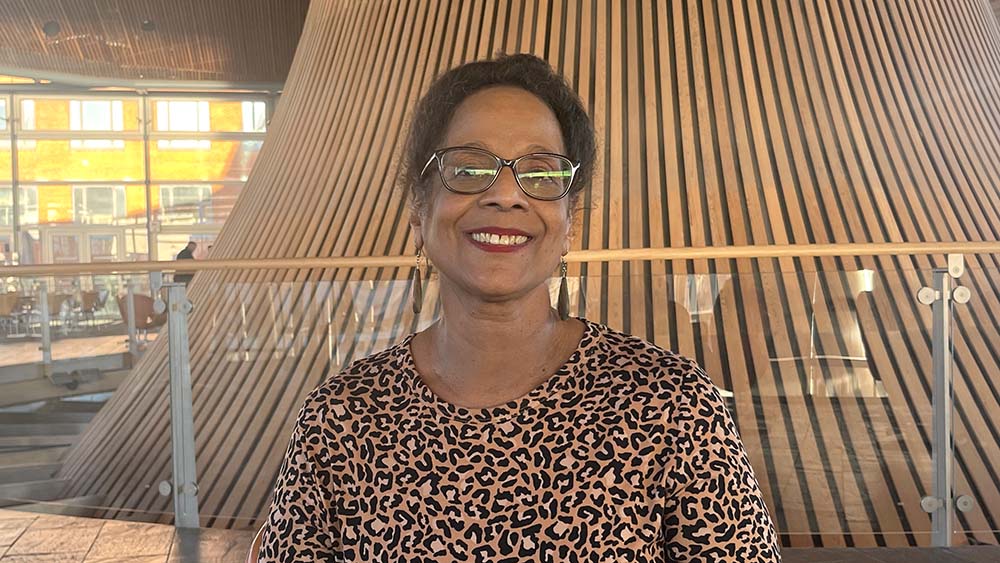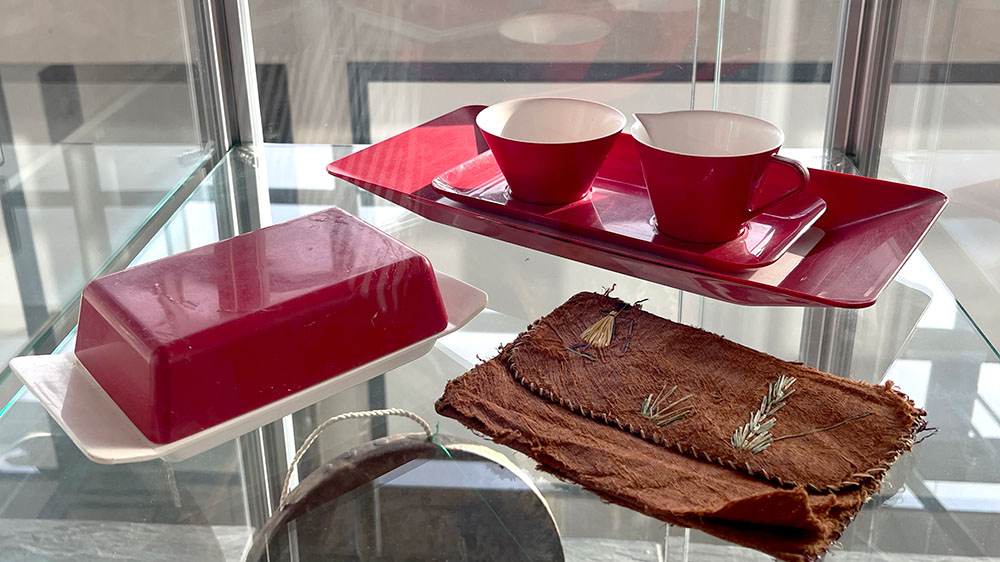The launch of the exhibition celebrates the resilience of Asian communities who rebuilt their lives in Wales after being expelled from Uganda.

The Welsh Asian Heritage Project has launched the ‘Migration to Resilience’ exhibition which shares the story of the expulsion of Asian people from Uganda.
The organisers have gathered a collection of testimonies, photos, and personal items to celebrate the cultural and religious heritage of Asian communities in Wales.
Baharti Dhir, a contributor said, “This exhibition is really to explain to people how easy it is for one person to have so much power over so many families. Nobody leaves their country with free will. Our life was in Uganda, we never dreamed leaving. People need to understand that history keeps repeating itself.”
In 1972, 80,000 Asians were forced to leave Uganda by the president, Idi Amin. Those with British passports came to the UK and were housed in camps. 1,700 people came to North Wales and were placed in Tonfanau Camp.
Baharti Dhir said, “We had 90 days to leave the country, we weren’t allowed to take any money with us and only one or two suitcases. Everyone had their car taken except one taxi driver who helped us leave the country.”

Vimla Patel said, “It was a big struggle. I was expecting a baby at the time. We had no money and no food.”
Madhu Jethwa said, “It’s really important; my husband is from Uganda, and it’s brought back a lot of memories. It’s important to teach our children what we went through and how we came and how we settled. It was very hard.”
The exhibition is made up of a collection of photos that display notable moments, a screen playing videos of personal stories and a stand of possessions that people kept close to them while migrating to Wales.
The project team created a book that discusses the Uganda Asian story and explores case studies and stories from contributors.

Baharti Dhir said, “This is educational and informational, and I want it to bring home to people that something like this could happened to anyone at any time because it could.”
The exhibition is on display until the 19th of December at the Senedd Oriel.
